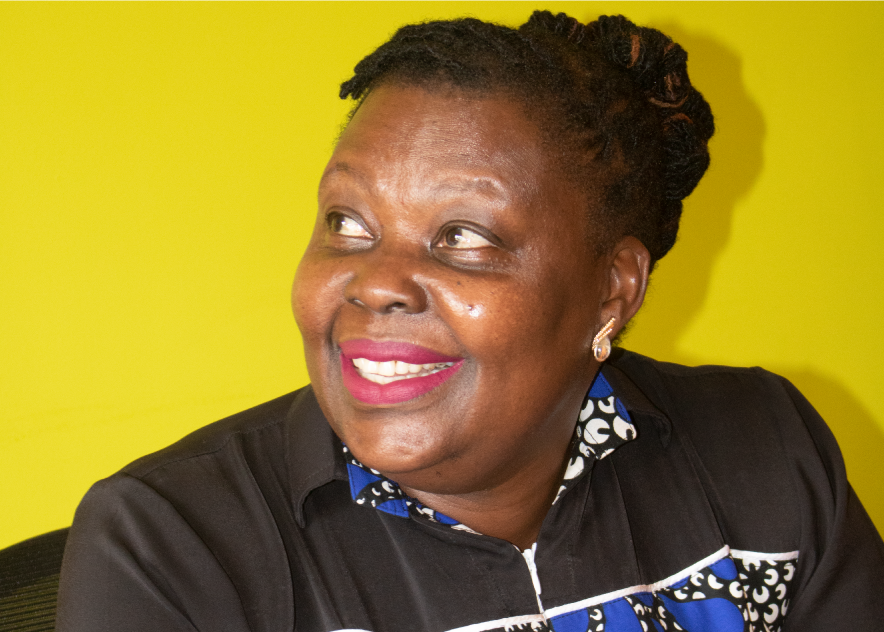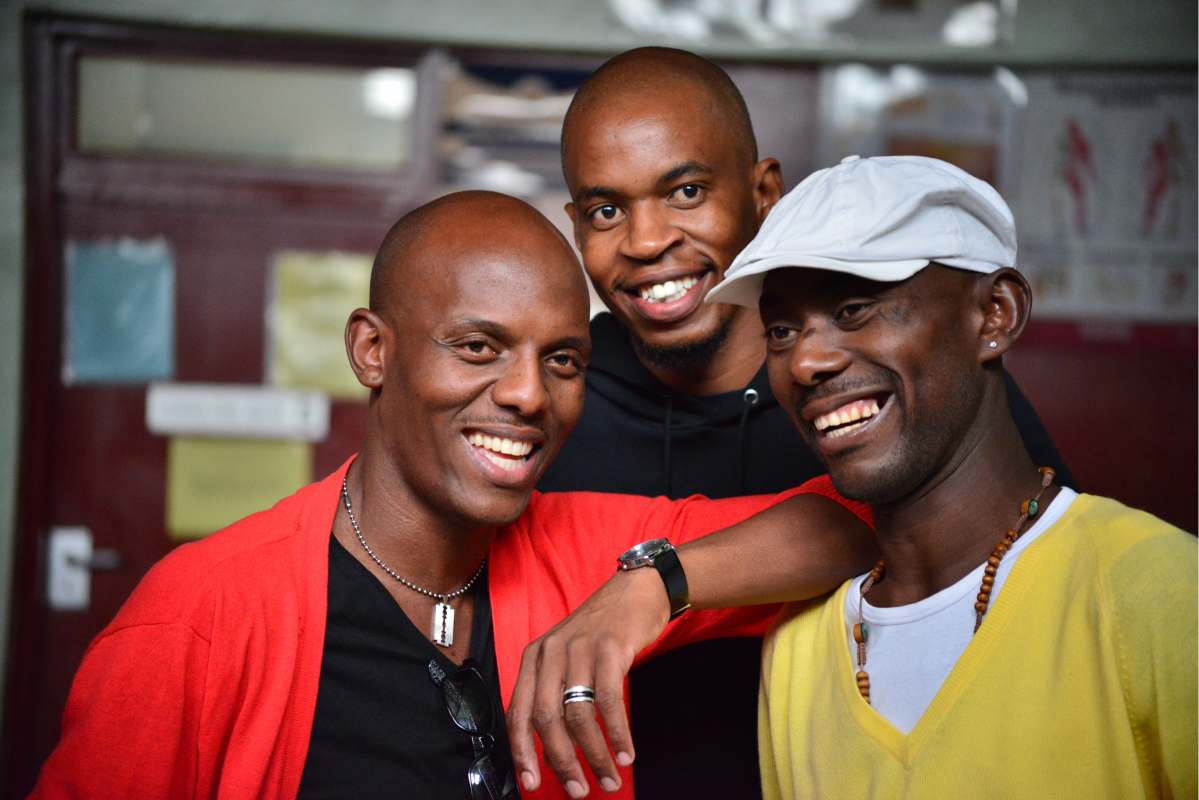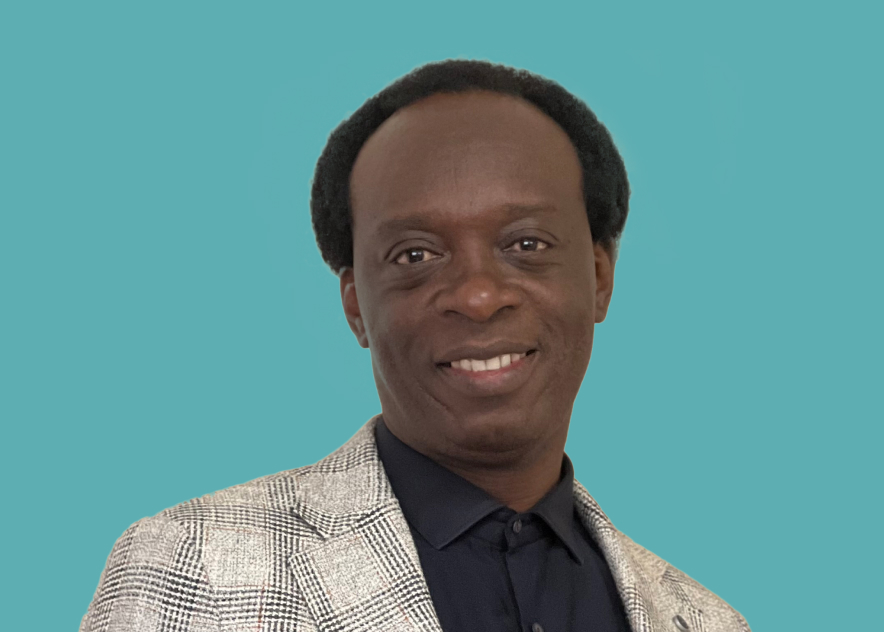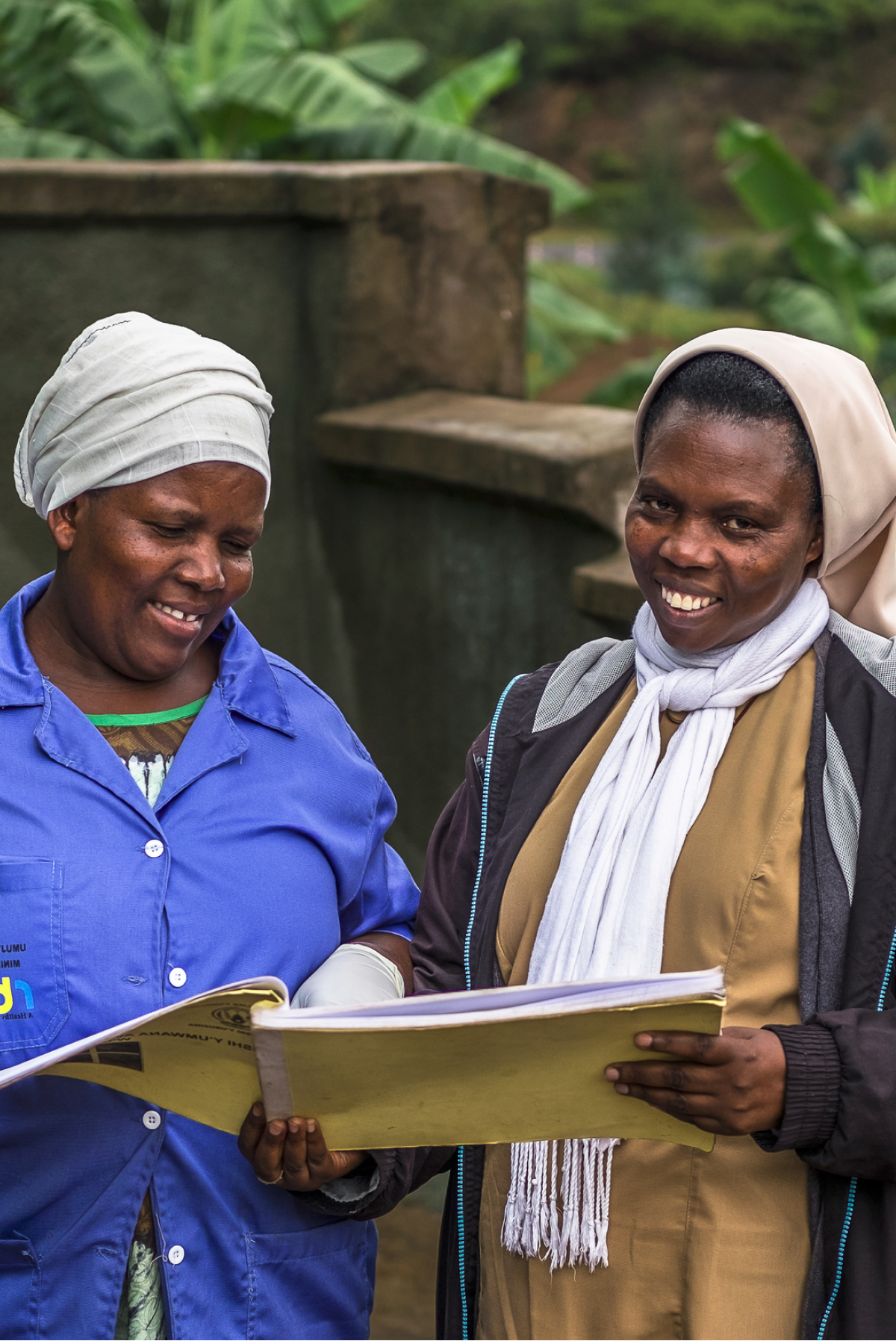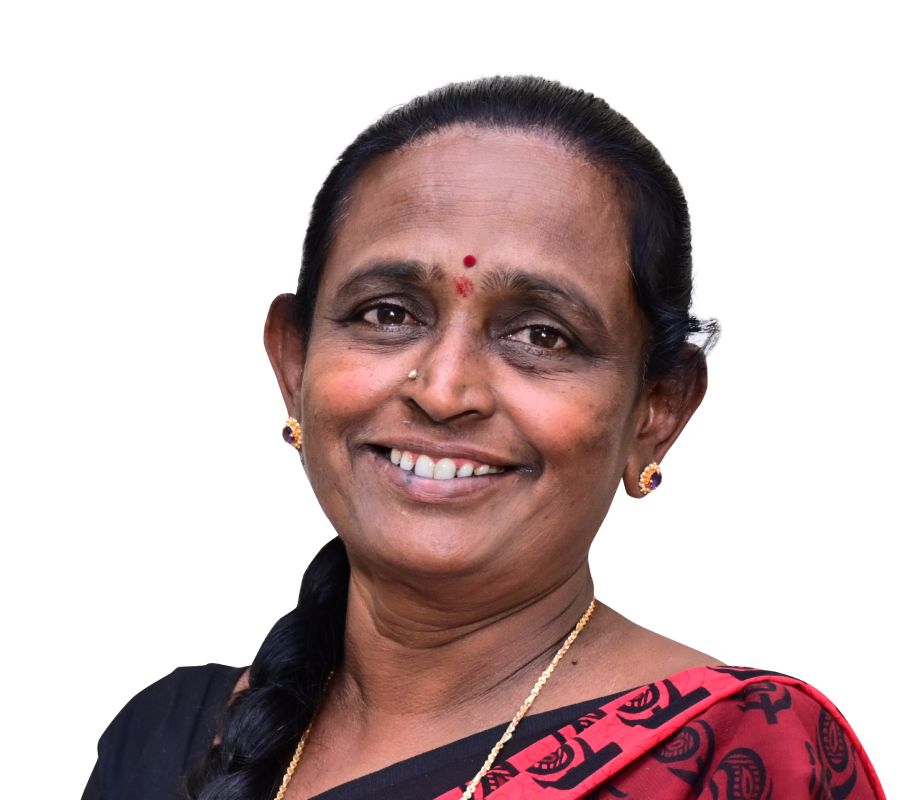Through approaches that support the leadership role of communities, Zambia has been able to make remarkable gains towards the 95–95–95 targets on the road to epidemic control.
The success of these approaches highlights three lessons. The first is that ensuring access to vital prevention, testing, treatment and care services is driven not only by the clinical context but also by the community context. The second is that because people in a community understand and connect with their peers in deep ways, communities have many capacities and forms of social capital that others lack—they are experts. The third is that the most effective programmes do not only involve communities in outreach and delivery—they are led by them in shaping the cycle of design, monitoring, learning and improvement.

